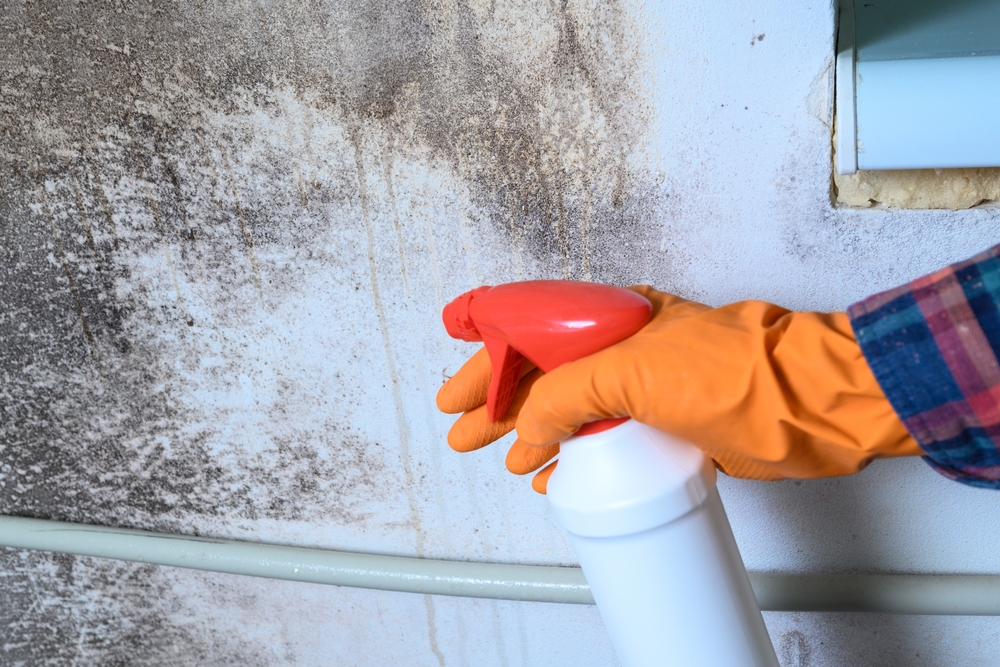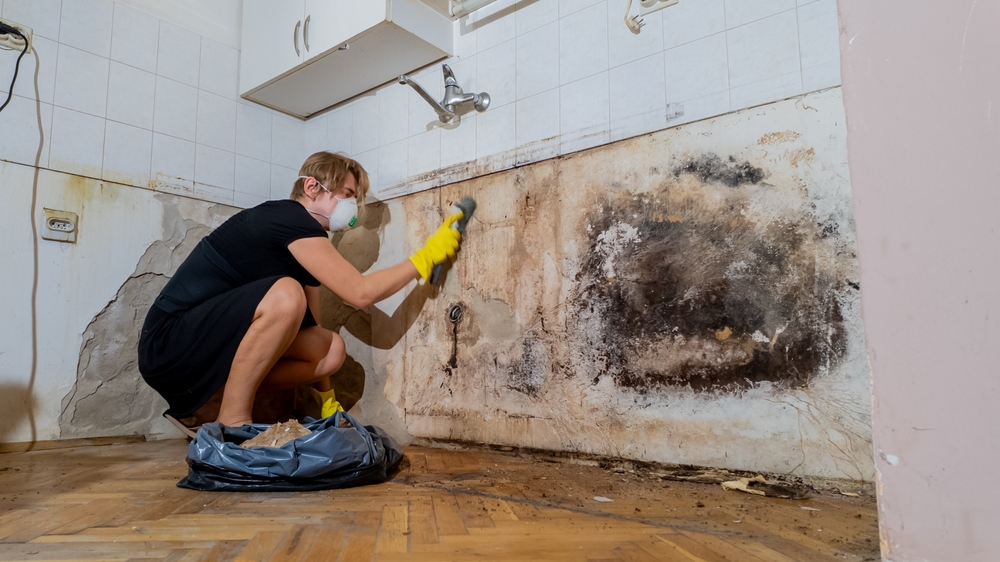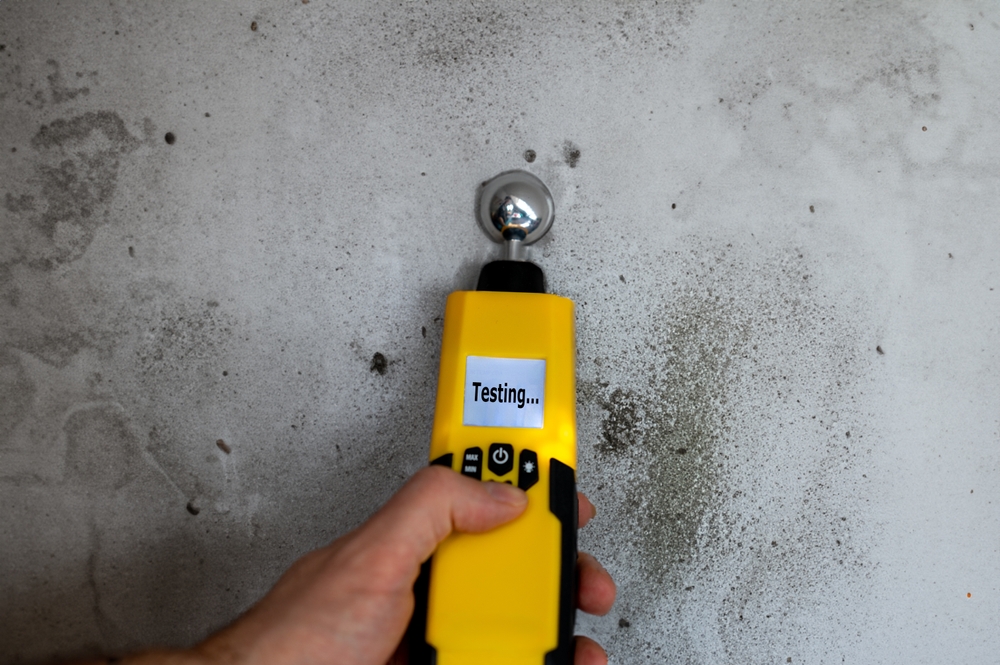Although humidity is a normal aspect of the surroundings, too much of it within your house could lead to major issues. High humidity causes furniture deterioration, mold Prevention growth, and aggravation of respiratory problems. Fortunately, dehumidifiers present a workable answer for these issues.
From their operation to their several advantages, and how to choose the correct dehumidifier for your house, we will cover all you need to know in this thorough guide. By the end, you will have practical knowledge ready to make your house more pleasant and healthier.
Why Humidity Matters and the Role of Dehumidifiers
What Is Humidity?
From their operation to their several advantages, and how to choose the correct dehumidifier for your house, we will cover all you need to know in this thorough guide. By the end, you will have practical knowledge ready to make your house more pleasant and healthier.
Often resulting from high indoor humidity are:
- Mold developing on furniture, walls, and ceilings.
- Musty smells making rooms uncomfortable.
- More of allergens like dust mites present.
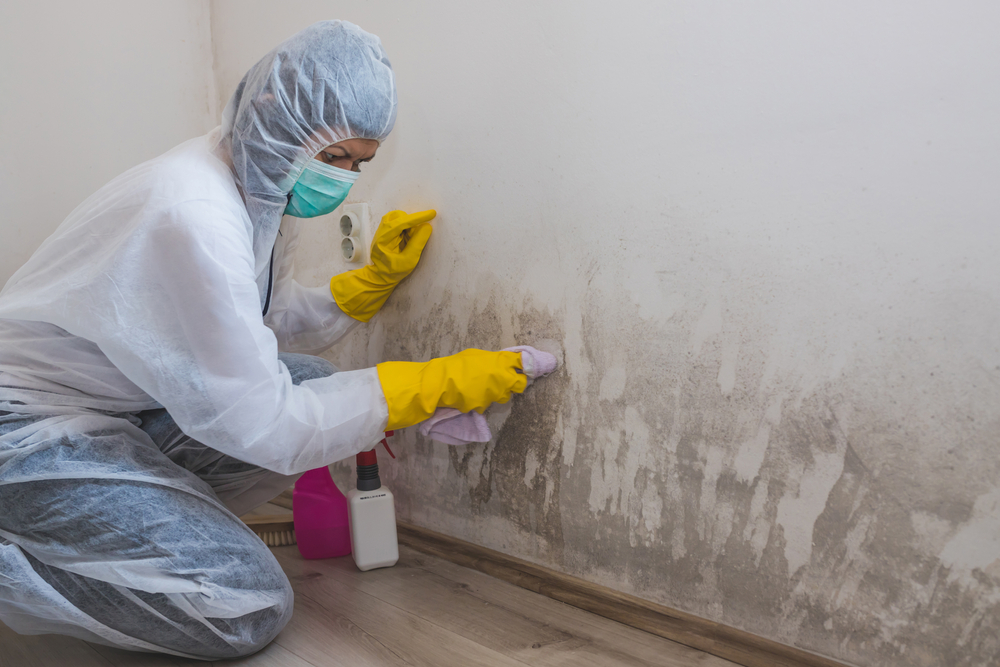
Mold prefers moist environments. Too much moisture in the air traps water on surfaces such walls, carpets, and furniture, therefore providing a perfect habitat for mold to flourish. Although they are always in the air, mold spores proliferate quickly when they come upon moist surfaces.
Many times, high humidity comes from:
- Bad air flow.
- leaks or water damage.
- I live in a naturally humid environment.
The Role of Dehumidifiers
Dehumidifiers help to lower air moisture content, therefore preserving a safe range of 30–50% humidity. This protects your stuff, stops mold from growing, and makes your family’s surroundings more pleasant.
How Dehumidifiers Work
Knowing how dehumidifiers work will help you choose and run one efficiently.
The Science Behind Dehumidification
Pulling air into the machine, dehumidifiers absorb moisture and then release dry air back into the space. Either a water damage tank or a line lets the moisture eliminated drain away.
Components of a Dehumidifier
Usually found in a dehumidifier is:
- Compressor: Drives the lowering process.
- Evaporator Coils: Using evaporator coils, cools the air to condense moisture.
- Condenser Coils: Reheats the air first then releases it using condenser coils.
- Fan: Fan moves dry air while drawing in moist air.
- Water Tank/Drain System: The water tank/drain system either stores or empties condensed water.
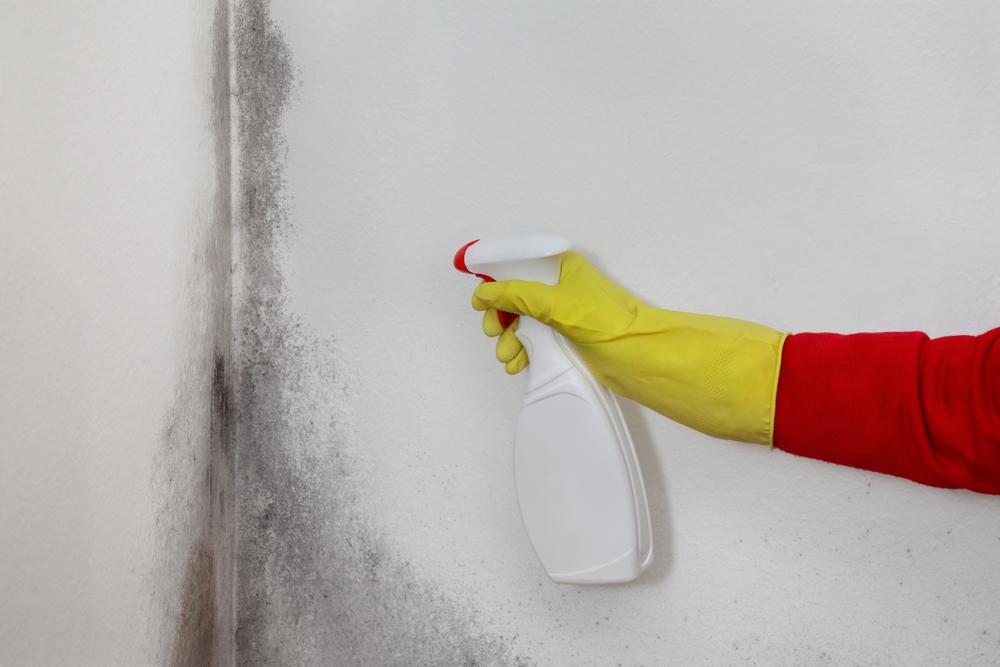
The Step-by-Step Process
- A fan drives moist air into the machine.
- As the air flows over the evaporator coils, they cool it and produce water droplets from condensation of moisture.
- Either a tank or a hose drains the accumulated water or gathers it.
- The now-drier air flows through the condenser coils, where it is somewhat heated before being returned into the room.
This cycle keeps on till the target humidity level is attained.
Benefits of Using a Dehumidifier
- This cycle keeps on till the target humidity level is attained.
1. Mold Prevention
Prevention of mold is one of the main advantages of a dehumidifier.
- Moisture Reduction: Mold need moisture to flourish, hence dehumidifiers help to maintain appropriate humidity levels by so reducing this need.
- Health Protection: Mold allergies, asthma, and possibly major respiratory problems. You preserve the health of your family by stopping mold.
2. Improved Air Quality
Mold can aggravate allergies, asthma, and possibly major respiratory problems. You preserve the health of your family by stopping mold.
- Allergy Relief: Dehumidifiers help those with allergies or asthma particularly by lowering allergens in the air.
- Better Breathing: Dehumidifiers help those with allergies or asthma particularly by lowering allergens in the air.
3. Protection for Your Belongings
Not only can moisture compromise your health but it can also ruin your belongings.
- Preserving Furniture: High humidity can cause wooden furniture to shrink, rot, or distort.
- Protecting Electronics: Electronics are susceptible to moisture and can short-circuit without a dry surroundings.
- Saving Documents: BImportant papers, pictures, and books can all get distorted or moldy in wet surroundings.
4. Energy Efficiency
Your HVAC system will be more efficient with a dehumidifier.
- Less Strain on AC Units: Air conditioners fight harder to chill humid air. By removing extra moisture, a dehumidifier lets your AC more effectively cool your house.
- Lower Energy Bills: You cut energy expenditures by raising the performance of your HVAC system.
How to Choose the Right Dehumidifier
Choosing the correct dehumidifier guarantees it performs for your requirements.
1. Capacity
Choosing the correct dehumidifier guarantees it performs for your requirements.
- Small Spaces (Under 300 sq. ft.): Bathrooms or small rooms only need a 20-pint dehumidifier, less than 300 square feet.
- Medium Spaces (300–500 sq. ft.): Medium Spaces (300–500 sq. ft.) for average-sized basements or bedrooms use a 30–50 pint model.
- Large Spaces (Over 500 sq. ft.): For open living spaces or basements, a 70-pint dehumidifier performs effectively over 500 square feet.
2. Features to Look For
Different functions of dehumidifiers improve performance and ease.
- Automatic Humidity Control: Based on the humidity degree in the room, automatic humidity control modulates the operation of the device.
- Continuous Drainage: Does away with the need to physically empty the water tank.
- Built-in Humidistat: Designed for simple monitoring, built-in humidistat shows current humidity level.
- Energy Efficiency: Models with ENERGY STAR consume less electricity, which over time helps to save money.
- Quiet Operation: Perfect for living areas or bedrooms where noise can be intrusive is a quiet operation.
3. Placement Tips
Where you put your dehumidifier determines how effective it is.
- Damp Areas: Location the unit in laundry rooms, bathrooms or basements where humidity is strongest.
- Away from Walls: Keep it at least six inches away from walls to let enough air flow.
- Near Power Sources: Close proximity to an electrical outlet guarantees simple setup near power sources.
Maintenance Tips for Dehumidifiers
Regular maintenance increases the lifetime of your dehumidifier and guarantees flawless operation.
1. Cleaning the Filter
Filters need to be routinely cleaned since they trap dust and trash.
- How Often: How often As directed in the user handbook or every two to three weeks, clean the filter.
- Steps to Clean:
- Take the unit’s filter out.
- Vacuum it or rins it under warm water.
- Let it dry totally before reinserting.
2. Emptying the Water Tank
Models lacking continuous drainage need frequent emptying of the water tank.
- Frequency: Daily or upon tank fullness.
- Overflow Prevention: Regular tank inspections help to prevent overflows that can ruin carpets or floors.
3. Preventing Mold in the Unit
Inappropriate maintenance of even dehumidifiers might lead to mold development.
- Tips: Regular cleaning of the water tank and internal components helps to stop mold development.
4. Maximizing Energy Efficiency
- Set Humidity Levels: Control humidity levels. Keep your aim between thirty and fifty%.
- Turn Off When Not Needed: Turn off when not absolutely needed. Running the unit when external humidity is naturally low—as in winter—should be avoided.
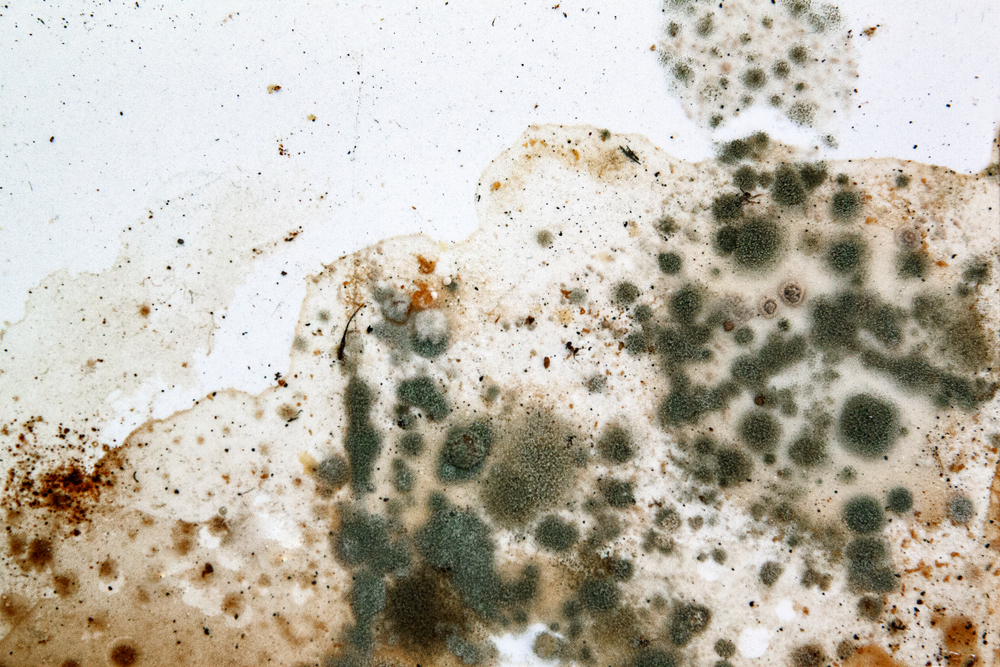
Common Myths About Dehumidifiers
Let me dispel some typical misunderstandings:
- Myth: Dehumidifiers have only value in summer.
Fact: Particularly in basements or poorly ventilated spaces, humidity issues can last year-round. - Myth: Always better are larger dehumidifiers.
Fact: Oversized units can cause discomfort by excessively drying the air. Select a size appropriate for your available space. - Myth: Dehumidifiers eradicate smells.
Fact: Cleaning the impacted areas is crucial for odor elimination even if they help to lessen musty smells brought on by moisture.
Real-Life Examples of Dehumidifier Benefits
- Jane’s Mold-Free Basement: A humid environment homeowner, Jane battled mold in her basement. She observed a noticeable decrease in mold development and musty aromas once a dehumidifier was installed.
- Mark’s Allergy Relief: Mark discovered relief from his dust mite allergies by using a dehumidifier in his bedroom. The lower allergens enhanced his sleeping conditions.
Conclusion
A healthy, comfortable, and mold-free house can be created in great part with dehumidifiers. Understanding its operation, selecting the correct one, and keeping it in good condition will help you avoid mold Remediation, enhance air quality, and save your possessions.
Don’t wait until humidity starts to trouble your house. Invest in a dehumidifier right now to start appreciating a better living space. See a specialist for advice if you’re not sure which model suits you.
At last, show friends and relatives this advice to enable them to design pleasant, mold-free houses too!
PhiladelphiaRestoration Services
https://www.google.com/maps?cid=3399342399556699153
+1 267 668 0013
https://philadelphiarestorationservices.com/

